High-quality plastic material with high strength, longer lifetime and excellent sealing performance
Mechanical and heat shrinkable sealing structure makes good sealing performance after re-entry and re-using
Well water and dust proof, unique grounding device to ensure the sealing performance
Solid structure, perfect outline, thunder, erosion and adding resistance
Depending on the different designed structures, we have divided the Fiber Optic Splice Closure into two types: Horizontal Fiber Optic Splice Closure and Dome Fiber Optic Splice Closure.
This device has an external casing that is either flat or cylindrical in shape. It is designed to accommodate one or more fiber splice trays, which are used to secure and safeguard optical fiber splices. The splice trays have the capacity to hold between 6 to 288 fibers. The horizontal fiber optic splice closures are constructed to withstand harsh outdoor conditions, including underground burial and aerial installations. They are designed to be waterproof and dustproof, and have excellent adaptability and compression resistance.
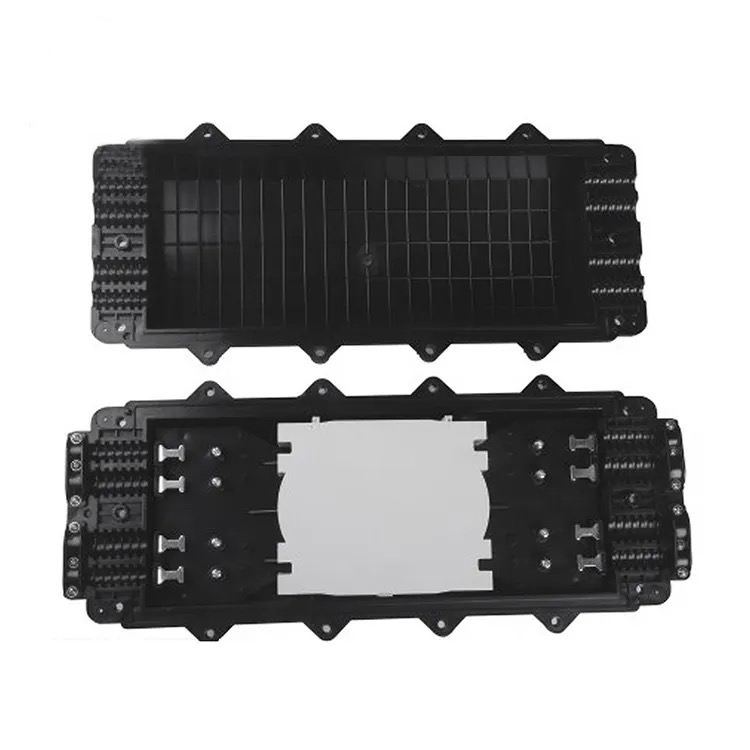

The Dome Fiber Optic Splice Closure is also called vertical Fiber Optic Splice Closure. These closures are designed for use in underground buried or outdoor aerial applications and are capable of splicing anywhere from 12 to 288 fiber cores for trunk cables. The enclosures are typically constructed from high-strength engineering plastics and feature 1 inlet/ 1 outlet ports, 2 inlet / 2 outlet ports and 3 inlet/ 3outlet ports to accommodate different types of fiber cable.

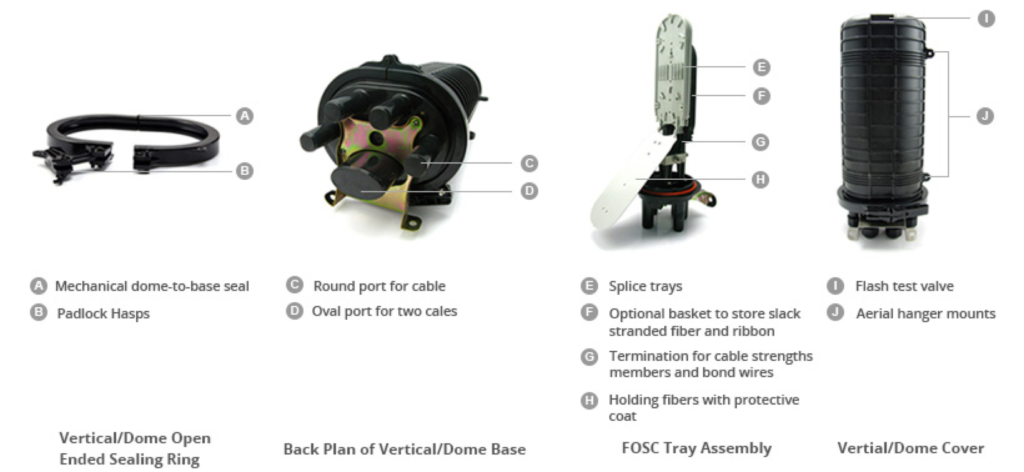
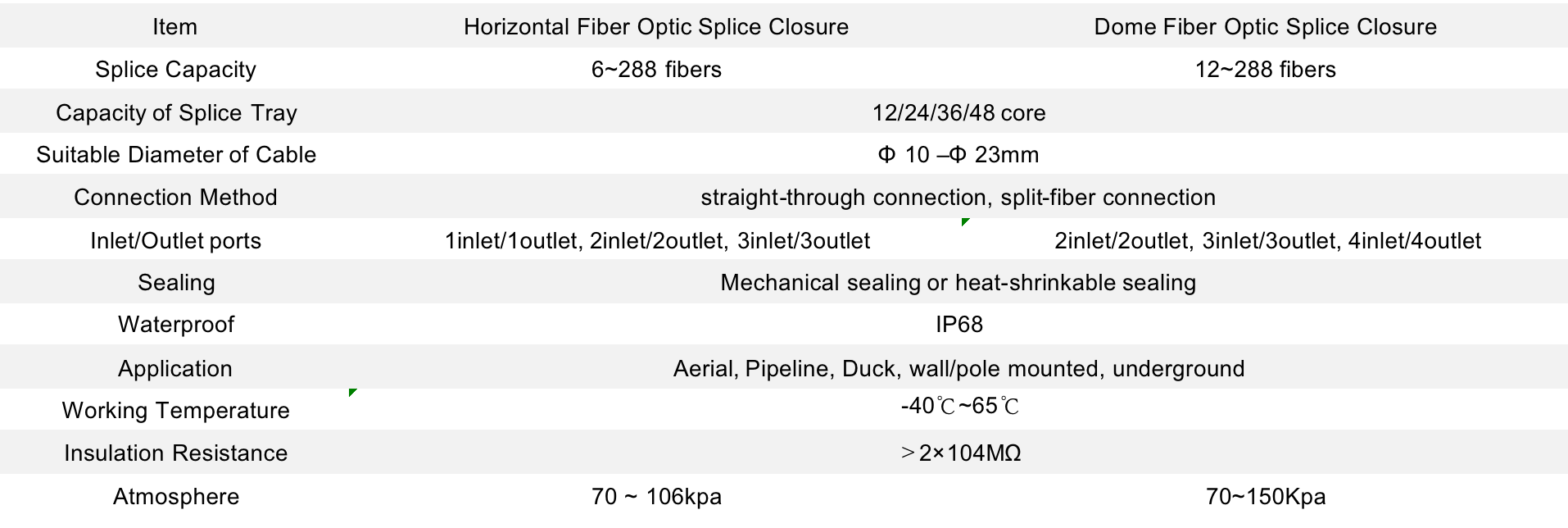
Type of fiber optic cables: The type of fiber optic cables you plan to use will affect the type of fiber closure you need. Make sure the closure is compatible with the fiber optic cables you plan to use.
The number of fiber connections: You need to determine how many fiber connections you will be making with the closure. Ensure that the closure has enough ports to accommodate all the fibers you plan to connect.
Environmental factors: Consider the environmental conditions in which the fiber closure will be installed. Will it be installed indoors or outdoors? Will it be exposed to extreme temperatures or harsh weather conditions? Make sure the closure is designed to withstand the specific environmental factors in your installation location.
Installation type: Determine the type of installation you will be doing. Will the closure be buried, aerial, or wall-mounted? Different types of closures are designed for different installation types.
Size and capacity: Consider the size of the closure and its capacity. Ensure that the closure is the right size for your installation location and that it can accommodate the number of fiber connections you plan to make.
Accessibility: Consider the accessibility of the closure. Will it be easily accessible for maintenance and repairs? Make sure the closure is designed for easy access.
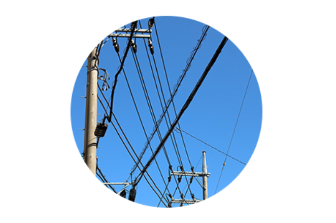
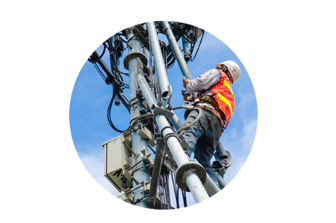
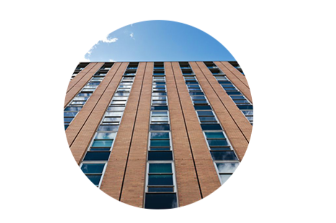
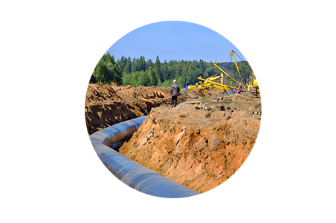

Easy shop
Professional Seller
Excellent Quality
Global Shipping
Fast Delivery
We will contact you within 1 working day, please pay attention to the email with the suffix “@isp-home.com”.